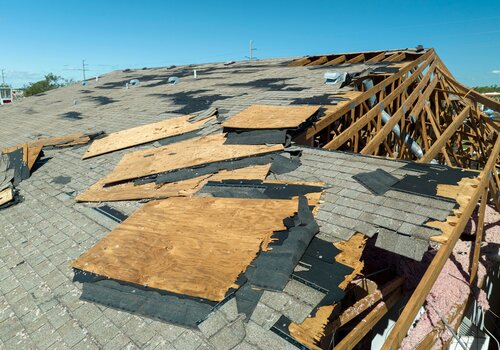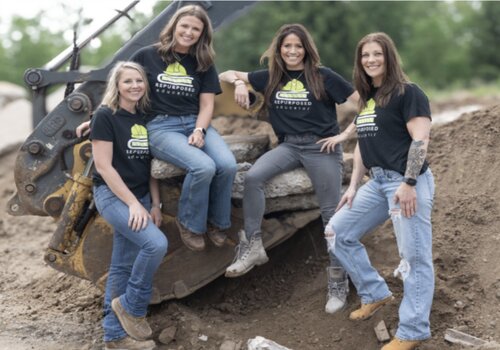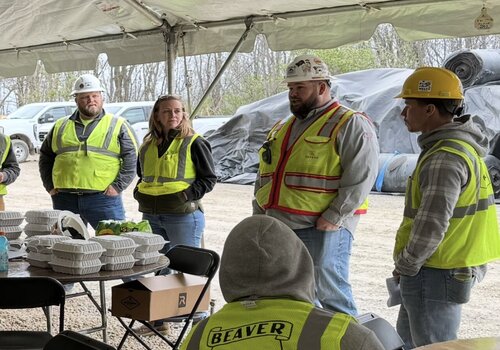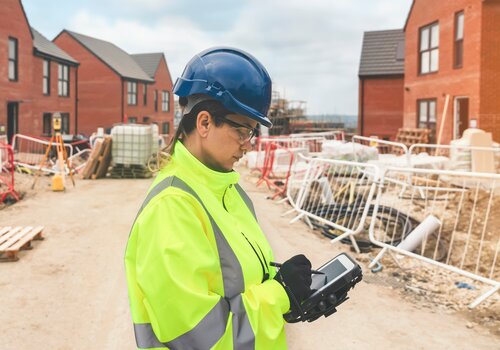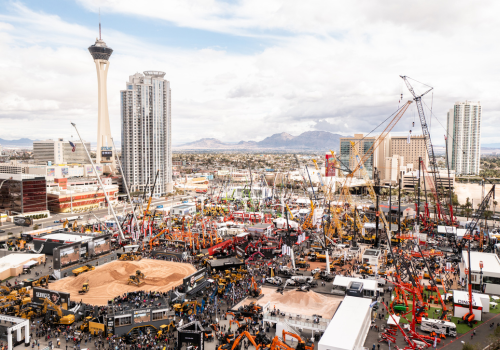Talk to any contractor who’s rebuilt after a natural disaster, and you’ll hear stories of preventable loss. Roofs torn off because they weren’t strapped. HVAC systems ruined by floodwaters because they were installed at ground level. Entire structures weakened by tremors because seismic protection was overlooked.
These aren’t worst-case scenarios. They’re regular news. And according to Swiss Re, insured losses from natural catastrophes topped $137 billion globally in 2024— surpassing $100 billion for the fifth consecutive year.
If you’re in construction, your clients are reading those headlines too. More and more, they're asking not just "How much will it cost?" but "Will it survive the next disaster?"
RESILIENT CONSTRUCTION: WHAT YOU NEED TO KNOW
Building codes are starting to catch up. The 2024 International Building Code (IBC) includes new tornado-loading and storm-resistance provisions, along with updated wind, earthquake and rain load calculations. But codes only set the minimum required. Resilience often lives in the decisions you make beyond what’s required.
For example, Fortified Commercial standards—developed by the Insurance Institute for Business & Home Safety (IBHS)—offer enhanced roof deck attachments, secondary water barriers, and impact-rated doors and windows. These upgrades have been proven to reduce storm damage and insurance costs.
WHAT YOU CAN DO NOW: PRACTICAL TIPS
Hurricane-Prone Zones
Hurricanes don’t just bring wind—they bring wind-driven rain, flying debris, power outages and business interruptions that can last weeks. For contractors building in coastal and hurricane-prone regions, designing for hurricane resilience means thinking far beyond the roof.
Pro Tips:
-
Elevate the envelope. In flood-prone parts of Florida, developers are raising living and working spaces 14–16 feet above grade. It’s saving buildings and making insurance easier to secure.
-
Miami-Dade Product Control Approved Components – Known for stringent testing, these materials are being used across the U.S. for impact and wind resistance in windows, doors, and roof systems.
Flood Zones
Flooding is now the most common and costly natural disaster in the United States. And it’s not just coastal areas—intense rainfall events are triggering inland floods in places that rarely saw them before. For commercial contractors, this means elevating your flood planning beyond code compliance.
Pro Tips:
-
FEMA Interactive Map. This free tool makes it easy to check a property’s risk with just a few clicks.
-
Use flood-resistant materials. Concrete, pressure-treated wood and closed-cell insulation can help a building dry out and return to service faster.
Earthquake-Prone Areas
Earthquakes are unforgiving—and unlike storms, they strike with no warning. A few seconds of shaking can bring down years of investment if the structure isn’t designed with seismic resilience in mind. For contractors building in active seismic zones—especially along the West Coast, intermountain West and parts of the Midwest—preparedness starts with what’s below the surface.
Pro Tips:
-
Consider base isolation or seismic bracing. These systems protect the building core and absorb energy from tremors.
-
Don’t forget non-structural items. Think anchored water heaters, restrained ductwork and properly installed suspended ceilings.
-
Sustainable innovation: Tallwood wall systems developed at Lehigh University show strong seismic resistance with lower environmental impact.
THE ROI OF RESILIENCE
One of the biggest misconceptions is that resilient construction costs more and delivers less. In fact, the opposite is true. According to NOAA, every dollar spent on hazard mitigation saves $13 in future disaster costs.
Commercial clients, especially in health care, hospitality and government, are starting to require resilient standards. It’s not just about safety—it’s about uptime, reputation and liability. Contractors who can talk resilience speak their language.
DON’T WAIT FOR THE NEXT DISASTER
The next hurricane, earthquake or 100-year flood isn’t 100 years away. It’s likely already on your radar. Smart contractors are leaning into resilient construction not as a trend, but as a foundation for long-term business growth.
Because in today’s world, “code minimum” isn’t good enough. Your clients—and your bottom line—deserve more.

